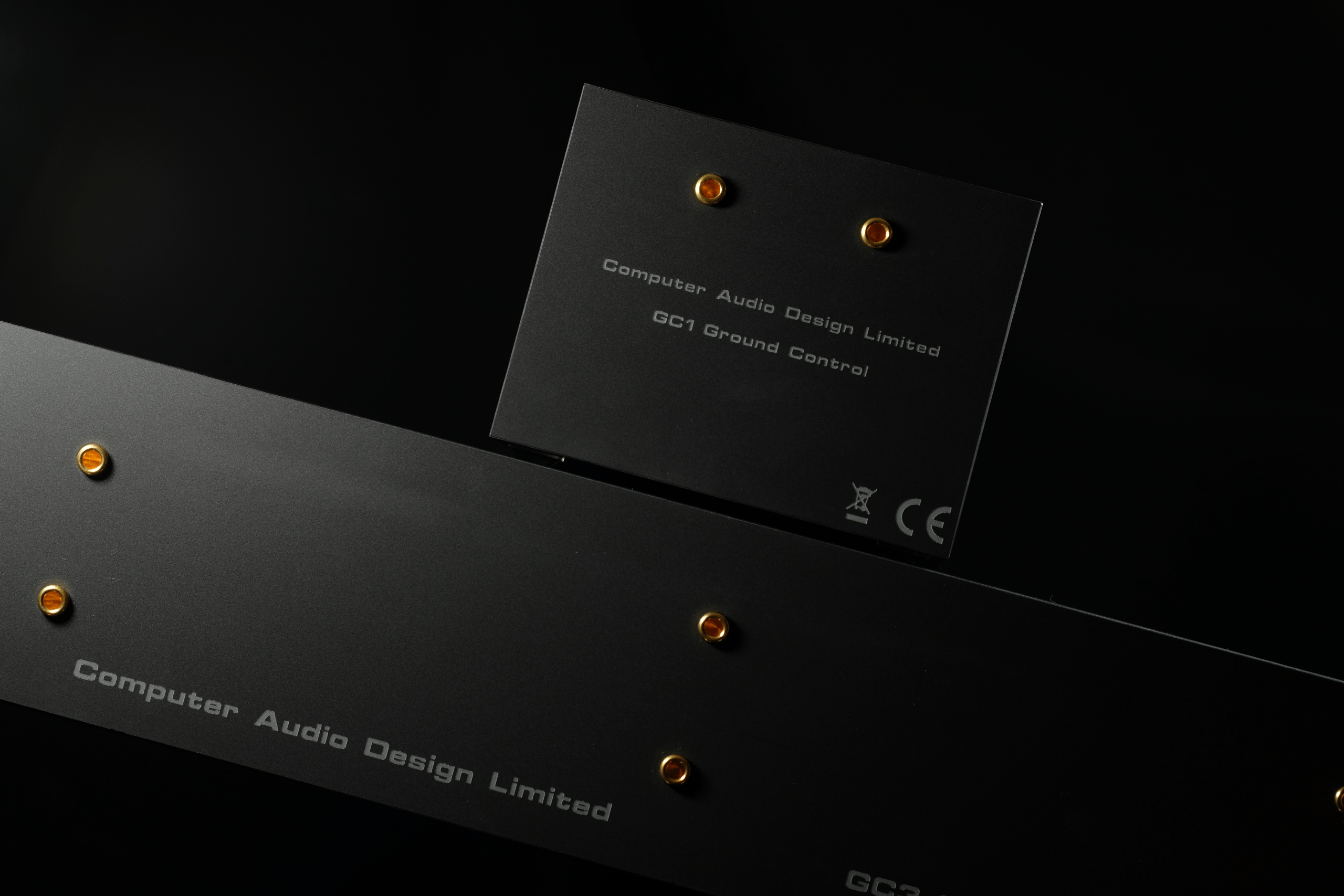
In high-end audio, sound quality is often discussed in terms of speakers, amplifiers, and digital-to-analog converters (DACs). Yet one of the most overlooked factors that can significantly degrade performance is high-frequency electrical noise. This form of noise is not audible in the traditional sense, but it interferes with signal integrity, reducing the clarity, dynamic range, and natural tonality of music playback.
Computer Audio Design (CAD), a UK-based manufacturer founded by Scott Berry, has focused its engineering efforts on this very issue. Unlike many audio companies that emphasize signal components such as DACs and transports, CAD’s standout products target noise elimination, particularly within the ground plane and USB interfaces of audio systems. This approach is supported by solid engineering principles and laboratory testing, making CAD one of the few companies to place noise control at the center of high-end audio design.
The Problem: High-Frequency Noise in Modern Audio Systems
Electrical noise in audio systems originates from several sources. Digital circuits, power supplies, switching components, network routers, and even audio equipment itself all contribute to high-frequency interference. These signals, typically in the megahertz to gigahertz range, can travel through the system’s grounding paths, USB lines, and power cables.
High-frequency noise affects the timing accuracy of digital audio systems, disrupts analogue stages, and causes modulation distortion. In practice, this leads to audible symptoms such as reduced resolution, flattened soundstage, tonal imbalance, and listener fatigue.
CAD’s approach to noise is grounded in physics and electrical engineering. The company uses measurement equipment such as oscilloscopes and spectrum analyzers to analyze noise behavior in grounding systems and digital interfaces. Their products are developed based on measurable performance improvements, not speculative claims.
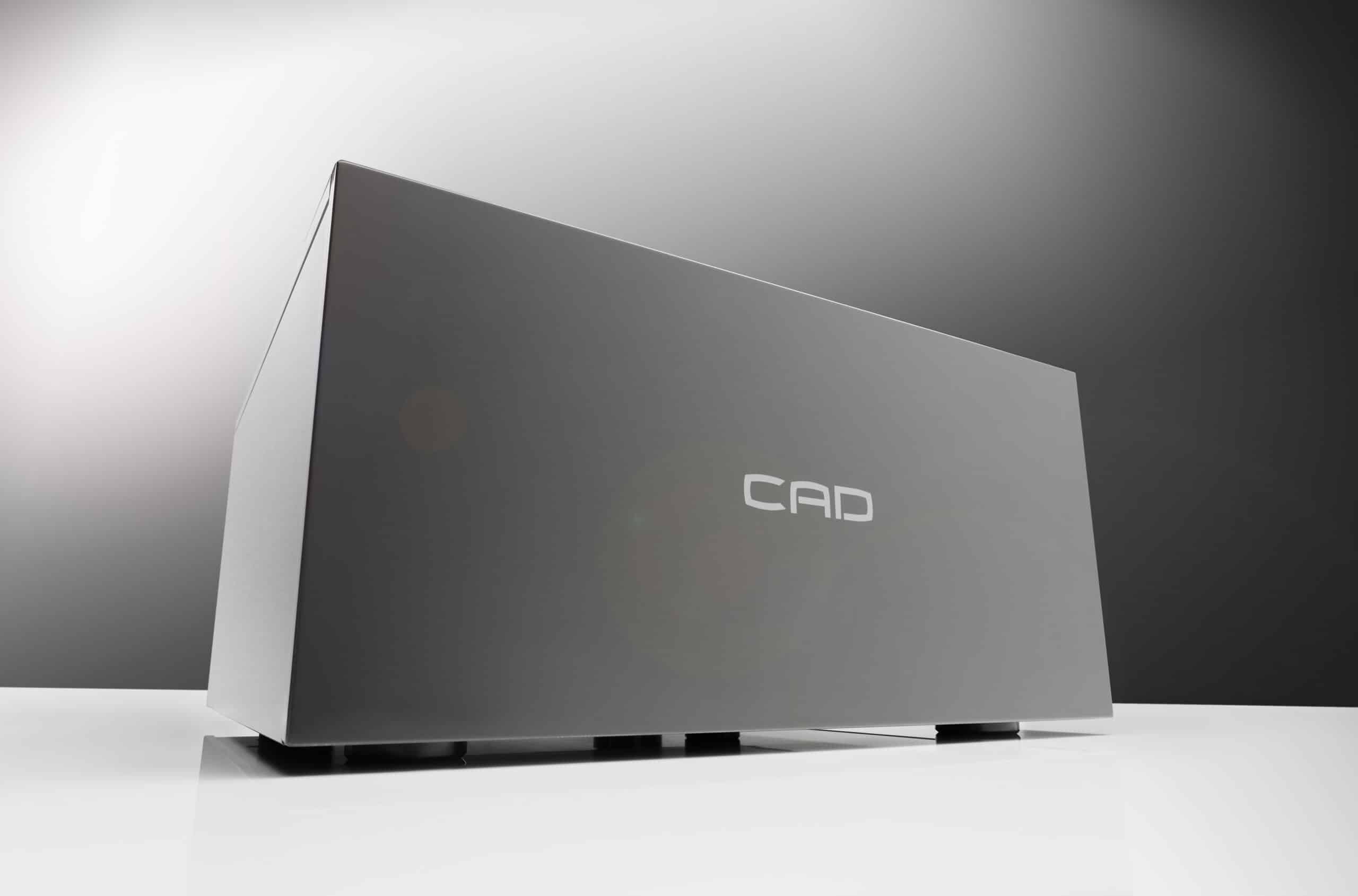
Ground Control Systems: How They Work
CAD’s Ground Control products are passive devices designed to reduce high-frequency noise in the electrical ground of audio systems. Ground noise is a well-documented phenomenon in electronics. As frequencies increase, the impedance of ground paths rises, turning them into antennas for RF interference. This noise circulates through interconnects, chassis grounds, and component shielding, degrading audio performance at multiple levels.
The GC1, GC3, and GC-R Ground Control models use proprietary materials and geometries to absorb and dissipate this noise energy. They are not power conditioners and do not connect to the AC line. Instead, they connect to unused ports on DACs, streamers, preamps, and other components using custom grounding cables. The goal is to provide a low-impedance path for high-frequency noise to exit the system without interfering with signal paths.
- The GC1 is a compact unit designed for systems with a smaller number of components. It connects to one device at a time.
- The GC3 offers three grounding inputs and is suitable for larger or more complex setups.
- The GC-R is the company’s reference-grade model, using ultra-high purity materials and enhanced internal topology to extend performance further.
CAD does not disclose the full technical composition of these units for proprietary reasons, but reviews and third-party measurements have confirmed reductions in high-frequency ground noise across the audio band and beyond.
Independent reviewers such as Hi-Fi+, The Ear, and Positive Feedback have documented the sonic improvements resulting from these units, including better transient clarity, increased spatial definition, and a more stable tonal balance.
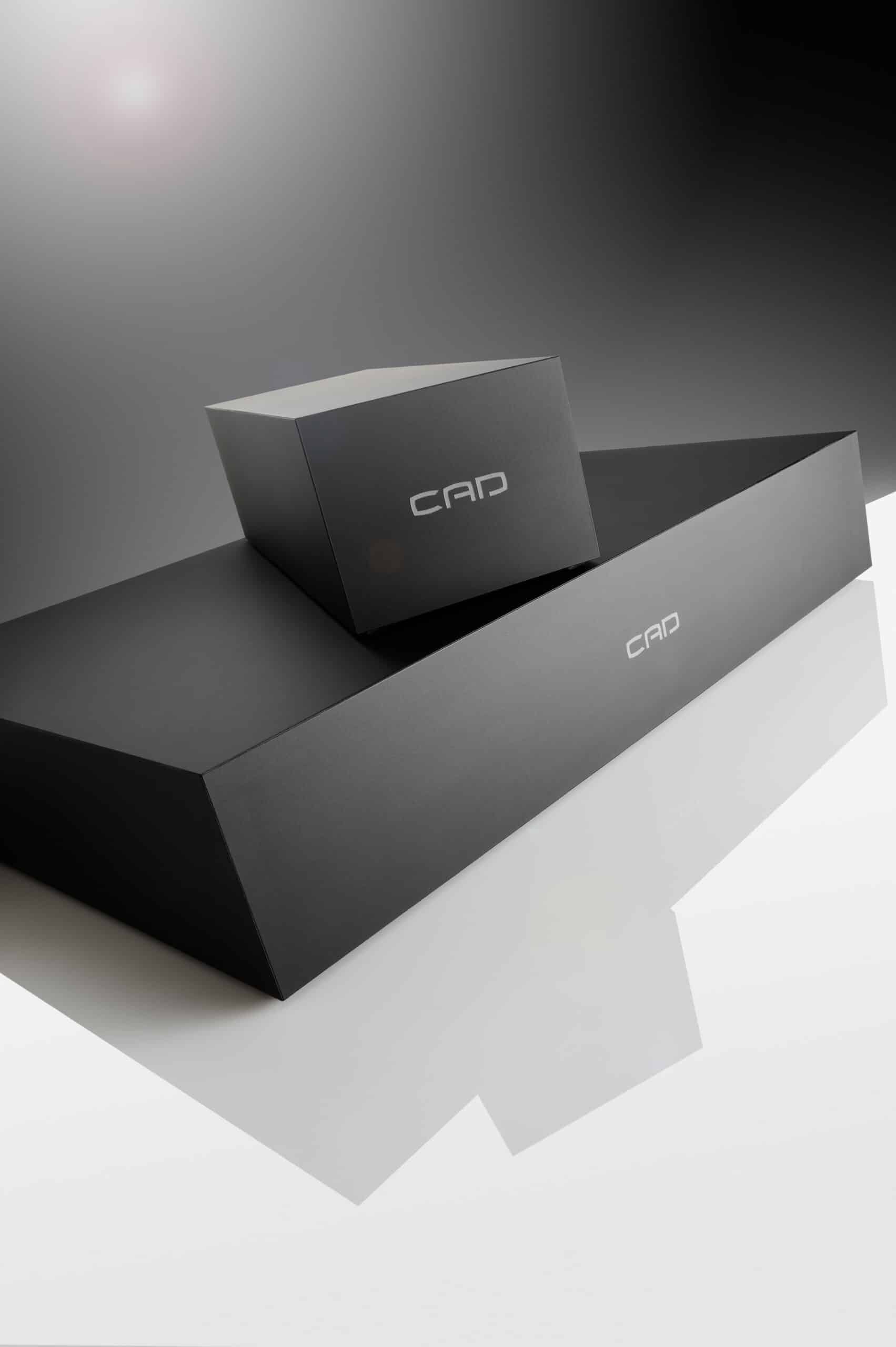
Ethernet Control: Managing Noise on the Network
While streaming audio over Ethernet has clear benefits, network cables also act as antennas for high-frequency noise. Routers, switches, and servers all generate radio-frequency emissions, which travel along the Ethernet cable and enter audio components such as DACs and streamers. Even when data integrity is maintained, this noise can couple into sensitive clocking and analog circuits, degrading performance.
The CAD Ethernet Control is a passive device designed to reduce this form of noise. It plugs directly into any unused Ethernet port on a switch, router, or streamer. Using CAD’s proprietary materials and resonance control techniques, it absorbs and dissipates unwanted RF energy without interfering with the digital data stream.
Users and reviewers have reported improvements in timing precision, image focus, and overall naturalness of streamed audio when Ethernet Control is used in combination with CAD’s other grounding solutions.
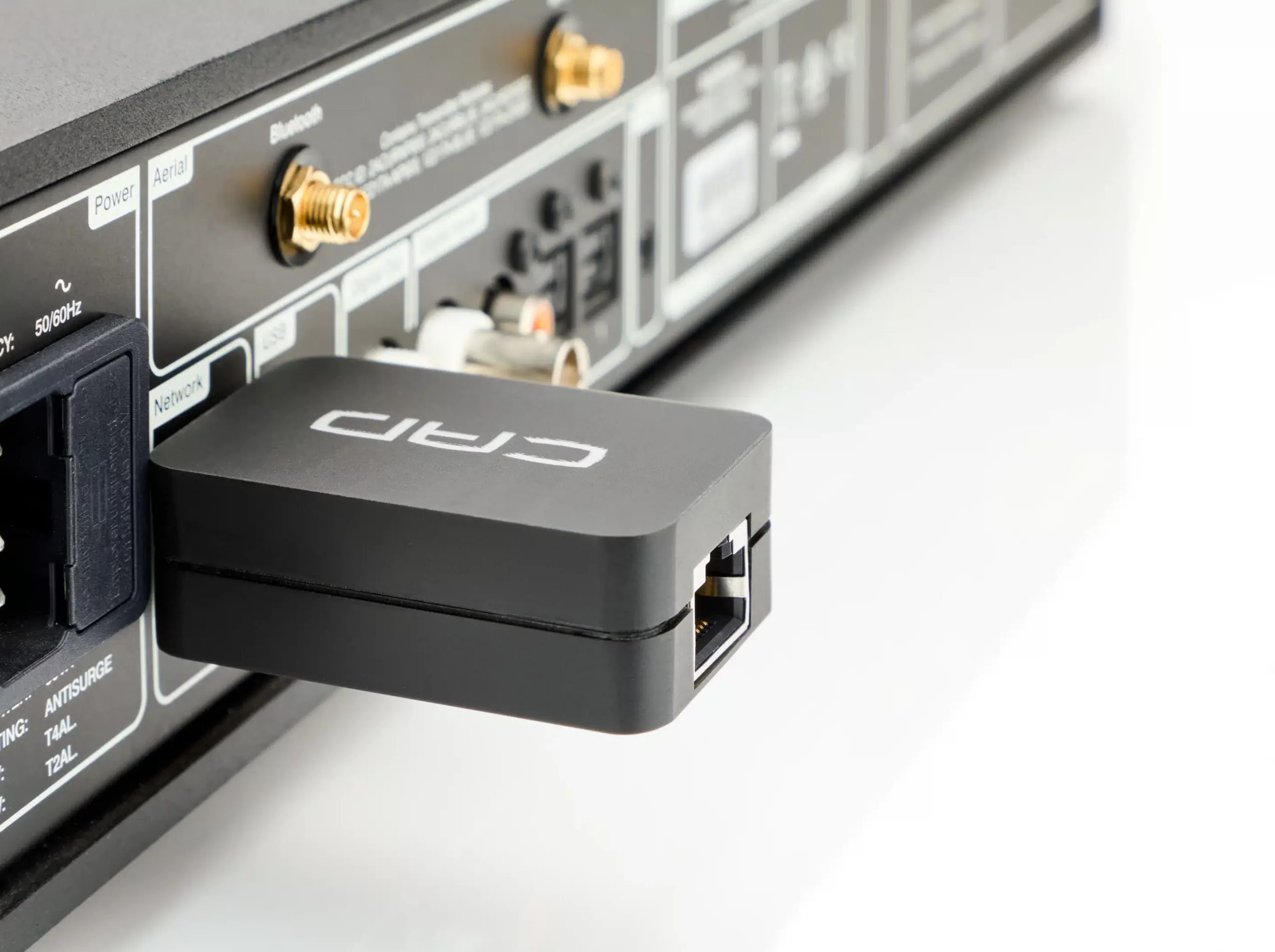
USB Control: Noise Suppression at the Source
Whereas the USB Filter addresses noise traveling along the USB cable into the DAC, the CAD USB Control is designed to suppress noise at its origin—within the computer, streamer, or digital source.
The device connects to an unused USB port on the source component. By providing a carefully tuned resonant network, USB Control absorbs high-frequency noise generated by internal clocks, processors, and voltage regulators before it can spread through the system. This prevents noise from contaminating both data and power lines, offering a complementary benefit to the USB Filter.
When used together, USB Filter and USB Control provide a more complete solution for reducing digital interface noise: one at the source, the other at the point of entry into the DAC. Listeners report greater transparency, improved microdynamics, and a more coherent soundstage when both are deployed.
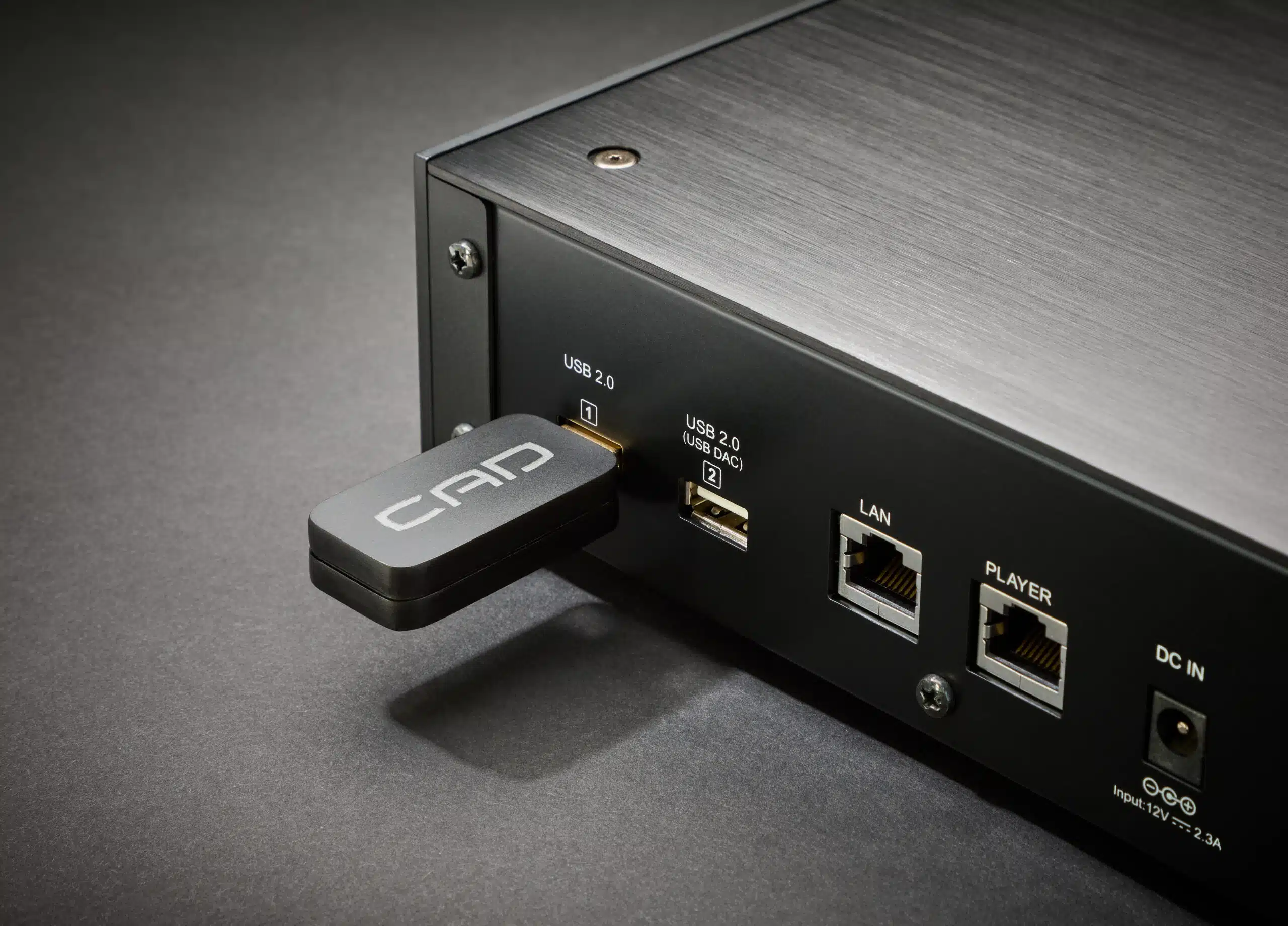
USB Filter: Controlling Noise at the Digital Interface
Digital audio signals transmitted over USB are highly susceptible to noise. USB carries not only data but also power, which introduces switching noise into the signal path. Moreover, computers and streamers contain internal noise sources such as voltage regulators, clocks, and processors. These emissions enter the DAC through the USB cable, where they mix with the audio signal or disrupt the internal clocking of the DAC.
The CAD USB Filter is a passive device that plugs in between the USB cable and DAC. It uses a resonant filtering network tuned to absorb and dissipate very high frequency (VHF) and ultra-high frequency (UHF) noise. CAD’s internal measurements show that the filter can attenuate noise in the 1 MHz to 10 GHz range. This wideband filtering is essential because many audio-related distortions occur far above the audible range but still affect signal processing components.
Unlike some active USB devices that reclock or regenerate signals, the CAD USB Filter does not alter the data stream. Its purpose is purely to reduce noise entering the DAC. This makes it compatible with any asynchronous USB audio system.
According to independent reviews and user reports, the USB Filter often results in a more natural presentation, lower listener fatigue, and improved microdynamics. Measurements conducted using RF probes have also shown that it reduces peak noise levels across the USB 2.0 spectrum.
Why Ground Noise Matters More Than Many Realize
In traditional analogue systems, ground noise was always a concern, particularly in low-level phono stages. In digital systems, the issue is even more pronounced because high-speed switching components produce complex noise signatures that travel through both the ground and signal paths.
CAD’s products address this by targeting the precise frequencies where most digital noise energy resides. For example, switch-mode power supplies and CPUs often emit energy in the 100 kHz to 1 GHz range. Most power conditioners and standard grounding schemes are not designed to handle this spectrum.
CAD Ground Control units create a parallel path for high-frequency energy, essentially acting as an RF sink. By pulling noise away from sensitive signal paths, they reduce intermodulation and jitter. This improves not just technical performance but subjective audio quality.
The principles at work here are consistent with research from electrical engineering literature, including IEEE papers on high-frequency noise coupling, grounding impedance, and electromagnetic compatibility.
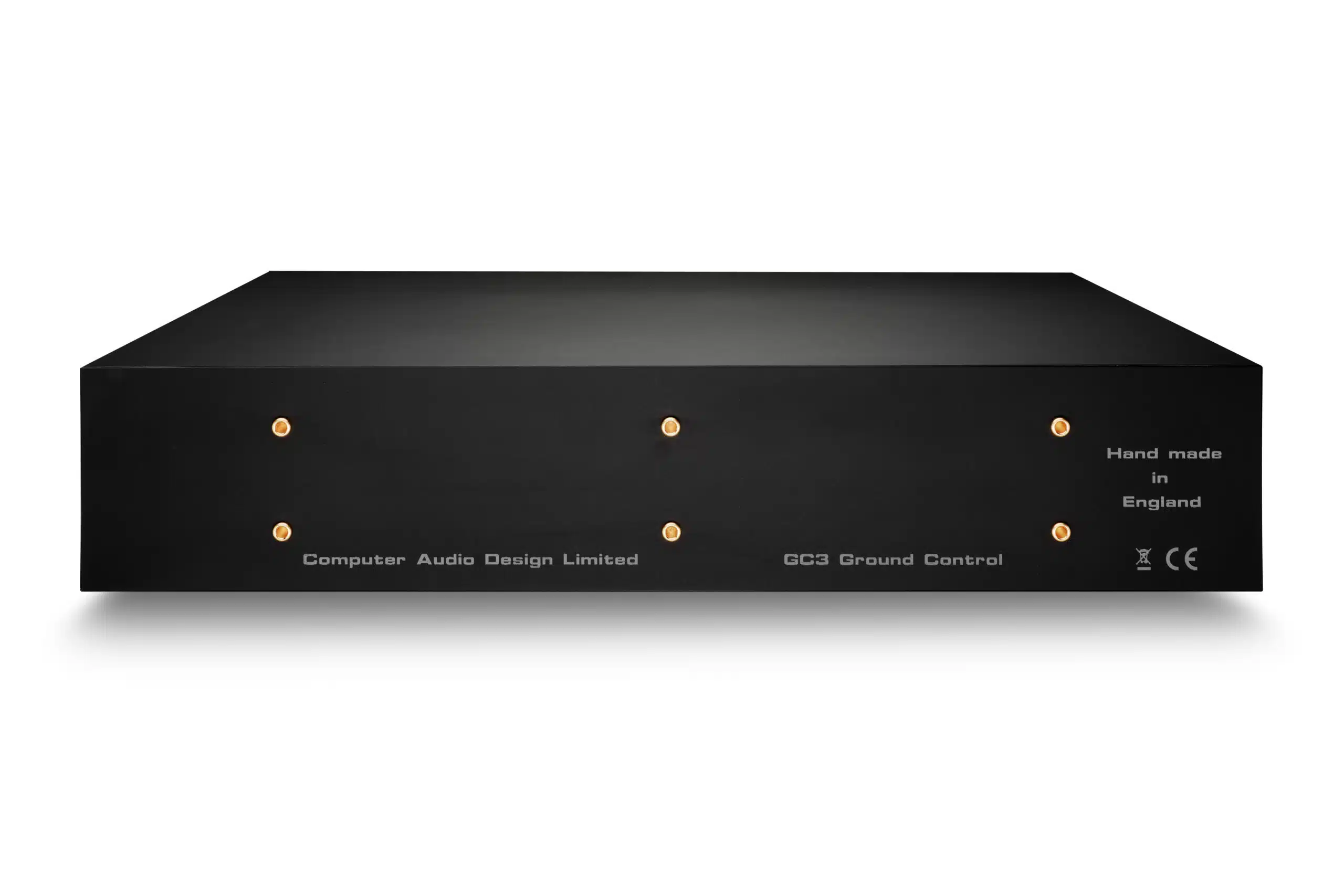
Summary of Benefits
Users who integrate CAD’s Ground Control and USB Filter products into their systems typically report:
- Improved image stability and spatial localization
- More natural tonal balance with less digital harshness
- Quieter backgrounds with increased low-level detail
- Reduction in transient smearing
- Lower long-term listening fatigue
These improvements are not the result of signal manipulation but of reducing noise that interferes with signal integrity. CAD’s approach is methodical, evidence-based, and supported by independent evaluation.
Conclusion
Computer Audio Design has taken a rigorous, engineering-led approach to a problem that is often neglected in high-end audio: high-frequency noise contamination. Their Ground Control and USB Filter products offer practical solutions based on well-understood physical principles. By focusing on the foundational elements of audio system design—grounding, shielding, and noise suppression—CAD enables listeners to hear more of what is already in their recordings.
For those pursuing higher fidelity without changing DACs, amplifiers, or speakers, CAD’s products offer a scientifically credible and musically beneficial path forward. The impact of reducing ground and USB noise may not be immediately obvious to those unfamiliar with the physics, but once experienced, the musical benefits become clear.
To learn more about CAD’s technology and read user reviews and technical details, visit their official website: https://www.computeraudiodesign.com.

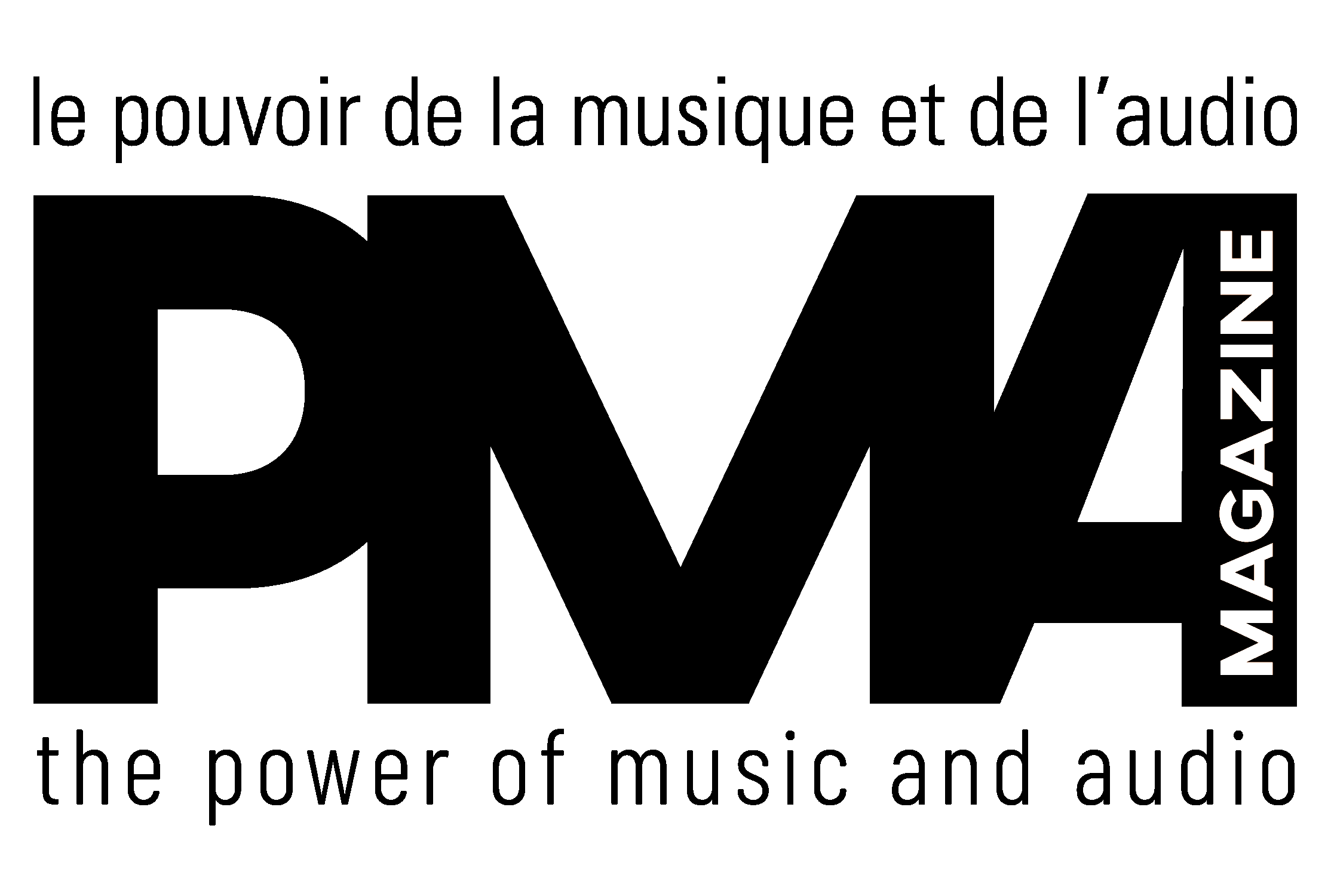














Leave a Reply